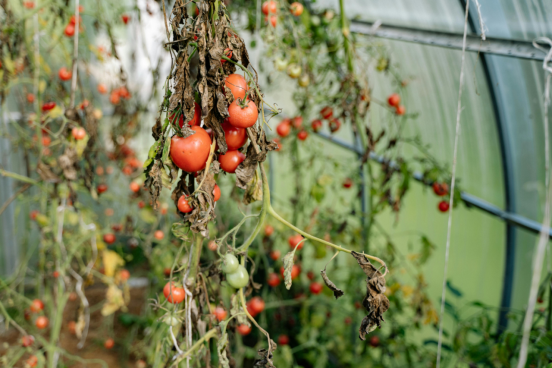Sansi LED: Sustainable LED Lighting and Integrated LED Display
Delivering premium and professional LED Display, LED Lighting, Smart City Integration solutions, trusted by over 60,000 companies worldwide everyday. From industrial lighting to commercial lighting, from outdoor advertising to XR & VR production, Sansi LED greatly improves the quality and sustainability of your business with 30 years of expert experiences.
The rise of indoor farming has been a game-changer in the agriculture industry, offering sustainable and efficient ways to produce food, regardless of external weather conditions. Central to this revolution is the advancement of grow light technology, which has made it possible to grow fruits and vegetables year-round in controlled environments. Grow lights provide artificial lighting that mimics natural sunlight, essential for photosynthesis, allowing plants to thrive in indoor farming systems. This article explores the key innovations in grow lights and how they are transforming indoor farming, enabling continuous fruit and vegetable production.

Why Are Grow Lights Important in Indoor Farming?
In indoor farming, natural sunlight is either unavailable or insufficient, especially in areas with limited daylight hours or unfavorable climates. Grow lights solve this problem by providing the light plants need to grow and produce fruits. These lights simulate the full spectrum of sunlight, ensuring that plants can carry out photosynthesis effectively. With the use of grow lights, farmers can create optimal growing conditions inside greenhouses, vertical farms, or other indoor farming systems, making it possible to grow a wide variety of crops throughout the year.
One of the key benefits of indoor farming with grow lights is the ability to control the entire growing environment. Farmers can adjust the intensity, duration, and type of light, depending on the needs of the plants. For instance, leafy greens like lettuce and spinach thrive under blue light, while fruit-bearing plants such as tomatoes and peppers require red light to encourage flowering and fruit production. By customizing the lighting conditions with grow lights, indoor farming can significantly improve crop yield and quality.

Innovations in Grow Light Technology
Over the past decade, grow light technology has seen several innovations that have made indoor farming more efficient and cost-effective. LED grow lights are now the most popular choice due to their energy efficiency, long lifespan, and ability to provide customizable light spectrums. Unlike older technologies like fluorescent or high-pressure sodium lights, LEDs can be fine-tuned to emit specific wavelengths of light that are ideal for different stages of plant growth. This allows indoor farming operations to optimize light conditions for each crop, maximizing both growth rate and energy savings.
Besides, modern grow lights now come with smart control systems that integrate sensors and artificial intelligence. These systems allow farmers to monitor plant conditions in real-time and adjust the light settings automatically to ensure optimal growth conditions. In this way, grow lights are not just about providing artificial sunlight; they have become an integral part of precision agriculture in indoor farming, enabling better resource management and higher productivity.

Year-Round Production of Fruits and Vegetables
One of the primary advantages of indoor farming with grow lights is the ability to produce fruits and vegetables year-round. Traditional farming is limited by seasonal changes and climate conditions, which restricts production to specific times of the year. However, with indoor farming, crops are grown in a fully controlled environment where factors such as temperature, humidity, and, most importantly, light, are regulated. Grow lights play a pivotal role in creating these ideal conditions, making it possible to produce high-quality fruits and vegetables consistently, regardless of the season.

Application Scenarios: Grow Lights in Vertical Farming
Vertical farming is a subset of indoor farming that has gained popularity in urban areas, where space is limited. In these systems, crops are grown in stacked layers, maximizing space efficiency. Grow lights are essential in vertical farms because natural sunlight is typically inaccessible in these multi-level setups. The strategic placement of grow lights ensures that every layer of crops receives the necessary light for growth, creating a highly productive environment even in compact spaces.
Sansi vertical seedling system with adjustable spectrum exemplifies the effective use of grow lights in vertical farming. It offers flexible spectrum control, enabling precise adjustment of red-blue light, infrared, and ultraviolet ratios to meet specific plant growth requirements, along with customizable light cycles. The system also includes an intelligent circulating irrigation feature, ensuring consistent water supply while conserving resources and minimizing manual intervention. With a design that emphasizes both efficiency and safety, this system reduces energy consumption while improving seedling success rates, making it highly suitable for various crops. Overall, it enhances agricultural convenience and productivity, making it an excellent choice for indoor farming.
